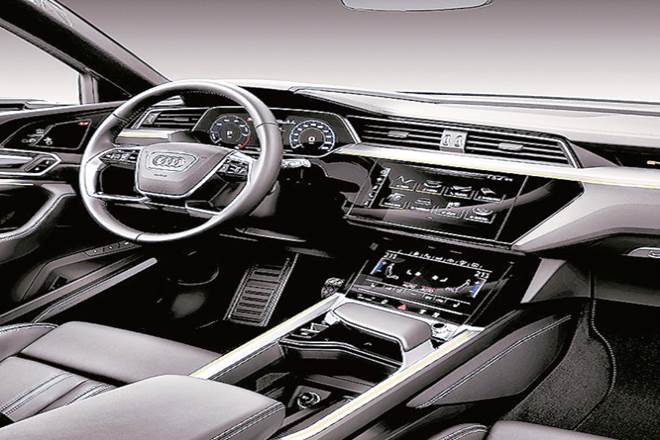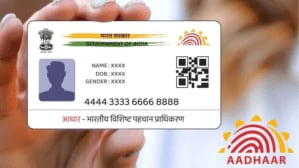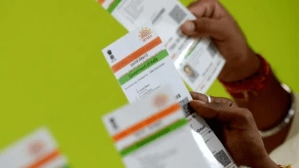While some of us may have experienced the Internet of Things (IoT) in everyday lives—such as automatic lighting in some modern homes and smart refrigerators—a ‘connected car’ is the most noticeable IoT device. But what does being ‘connected’ mean? After all, there is no automotive definition of the same.
‘Connected’ is a term defined loosely—it can be as simple as Bluetooth connectivity, to as complex as a car connected to the infrastructure, which itself has to be smart. Today, almost every new car launched in India has Bluetooth connectivity, some have telematics solutions (factory-fitted or by using a dongle), and then some have taken connectivity to previously unheard of levels—Hyundai Venue and MG Motor Hector. The latter, in fact, doesn’t even call itself a connected car, but as India’s first ‘internet car’.

Rajeev Chaba, president and MD, MG Motor India, says there’s a reason for branding the Hector as the ‘internet car’, and it’s not merely a marketing gimmick. “The Hector has the capability to ‘talk’ to another similarly-equipped car, in real time; it can interact with the infrastructure (provided there are smart traffic signals). You can make payments for accessing in-car services and this car is capable of having its own Wi-Fi hotspot,” he says. (Currently, Indian regulations do not permit the latter two functions.)
Similarly, the Venue lets you operate in-car functions remotely. For example, you can start the engine and turn on the AC sitting in your office, using an app on your smartphone. The car can also be tracked in real-time, in case someone else is driving it or if it gets stolen. Ji Hong Baek, MD, Hyundai Motor India Engineering, says that real-time connectivity is ensured courtesy an inbuilt eSIM powered by Vodafone-Idea. The feature that makes this connectivity possible is called the BlueLink—it provides safety, convenience and vehicle management relationship services.
Both these cars also sport three crucial connectivity features: bCall, iCall and eCall.
* bCall is short for breakdown call, which allows drivers to call for 24-hour roadside assistance in the event the car breaks down;
* iCall is short for information call, which provides AI-based support, such as driving route and information on places of interest;
* eCall is short for emergency call, which calls emergency services in the event of an accident. In the Hector, the eCall happens automatically (in case airbags deploy), and in the Venue you need to physically press the SOS button to activate this feature.
Developing and deploying such technologies in a vehicle can be a complex task, and requires collaboration. The iSMART Next Gen that powers the Hector has been developed by MG Motor in partnership with Microsoft, Adobe, Unlimit, SAP, Cisco, Gaana, TomTom and Nuance. “The brain of the iSMART is housed in a 10.4-inch head unit. The screen is designed with a vertical interface, unlike horizontal in most cars. It replicates a smartphone we are so used to, and has both touch and voice command features,” adds Chaba.
The Hector also has an embedded Machine-to-Machine SIM—the solution has been developed by Unlimit (a Reliance Group company for IoT services), in partnership with Cisco Jasper and Airtel. The seamless connectivity, Chaba says, enables the user to receive real-time software, entertainment content and app updates. “The Hector is the first car in India that is capable of doing over-the-air software updates; these happen every three months. And right now while the Hector understands only English, perhaps in 6-9 months we will add regional languages, too.”
He adds that, with the Hector, the company has a first-mover advantage. “Agreed, many cars in India are in one way or the other connected, but we have a distinct advantage. By way of analogy, consider a walkie-talkie versus a smartphone — both devices are used for communication, but how you communicate is vastly different,” he explains.
Other carmakers
While Hyundai and MG Motor have started this so-called connected car trend, all other carmakers will soon follow suit. The first is Kia Motors of South Korea. Its first car for the Indian market, the Seltos (to be launched on August 22), has Venue-like connectivity features. It gets a technology called the UVO that has 37 smart features under five categories: navigation, safety and security, vehicle management, remote control, and convenience.
Later this year, Audi India might introduce a pay-per-use service for in-car features, with the e-tron, its first electric car. Subject to regulations, one can upgrade, say, the LED headlights to Matrix LED headlights, or from conventional turn signals to dynamic turn signals (these are the features that don’t require hardware change). There will be an option to purchase these for varying periods—monthly, annually or permanently—and all this will be possible from within the car, without connecting it to an external smart device.
The integration of internet with cars is opening up a gamut of possibilities. Since these systems have Artificial Intelligence and machine learning capabilities to learn and improve user experiences over time, soon a car will cease to be a mere mobility device, and turn into a whole new experience in connected mobility.
(While most cars, going forward, will get advanced connectivity features, these make cars expensive, and in a price-driven market such as India these will remain optional buys for quite some time.)









